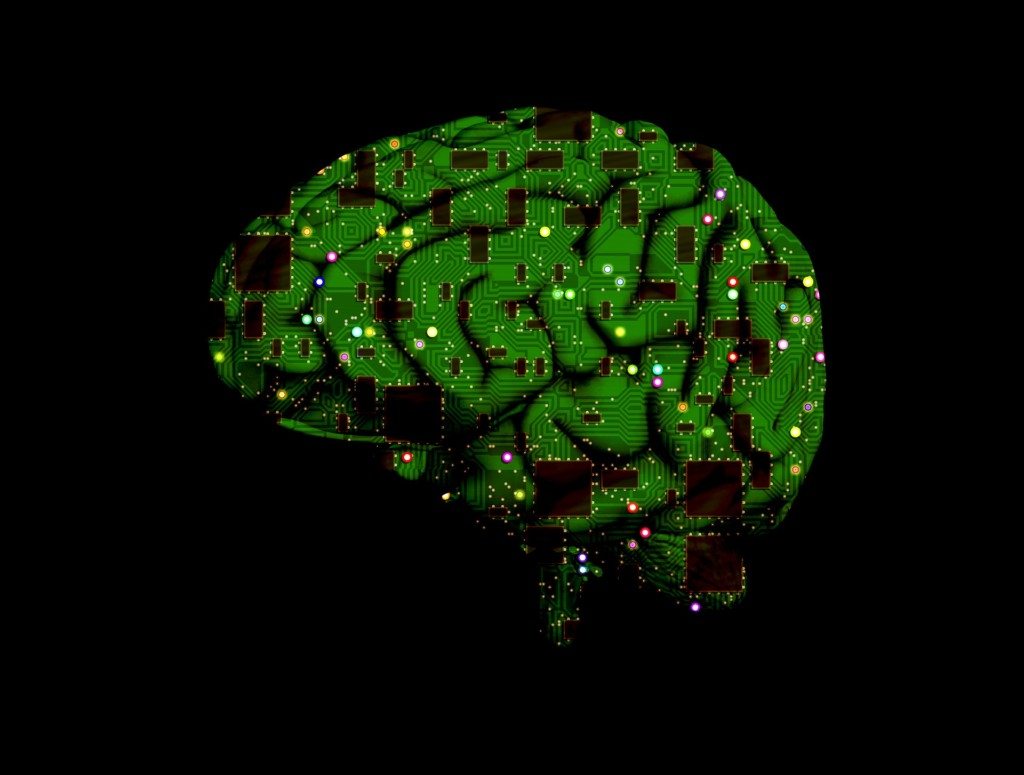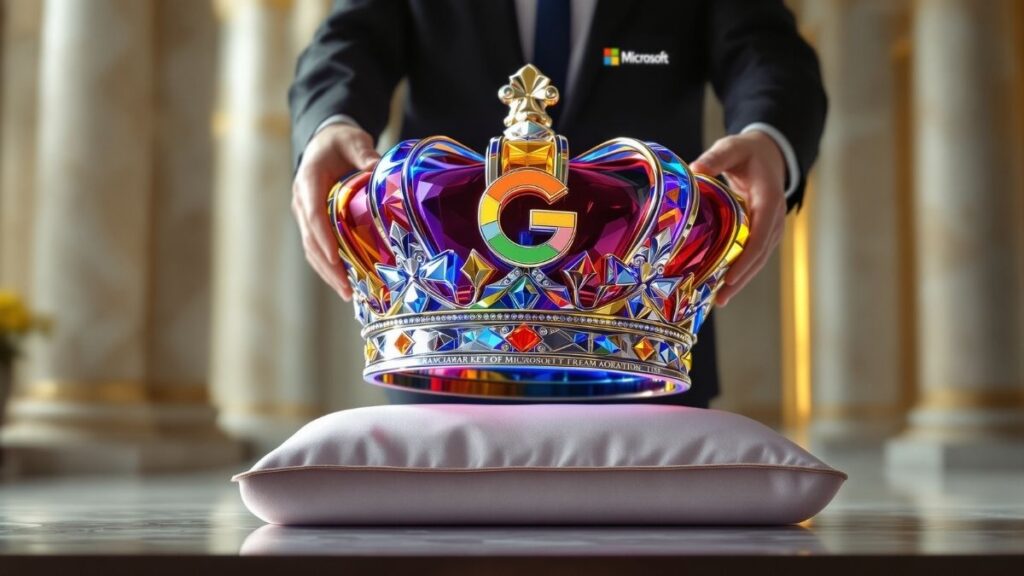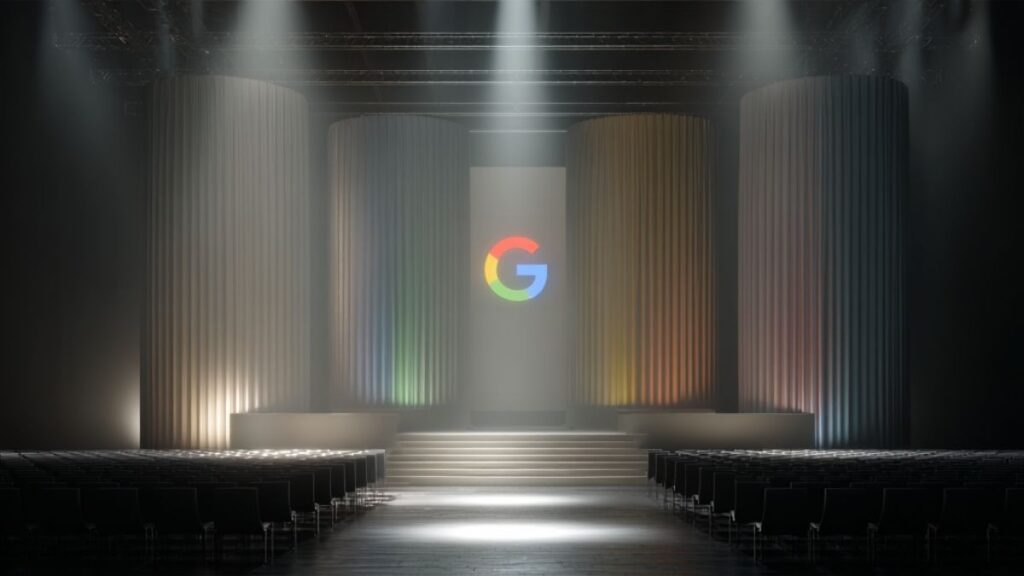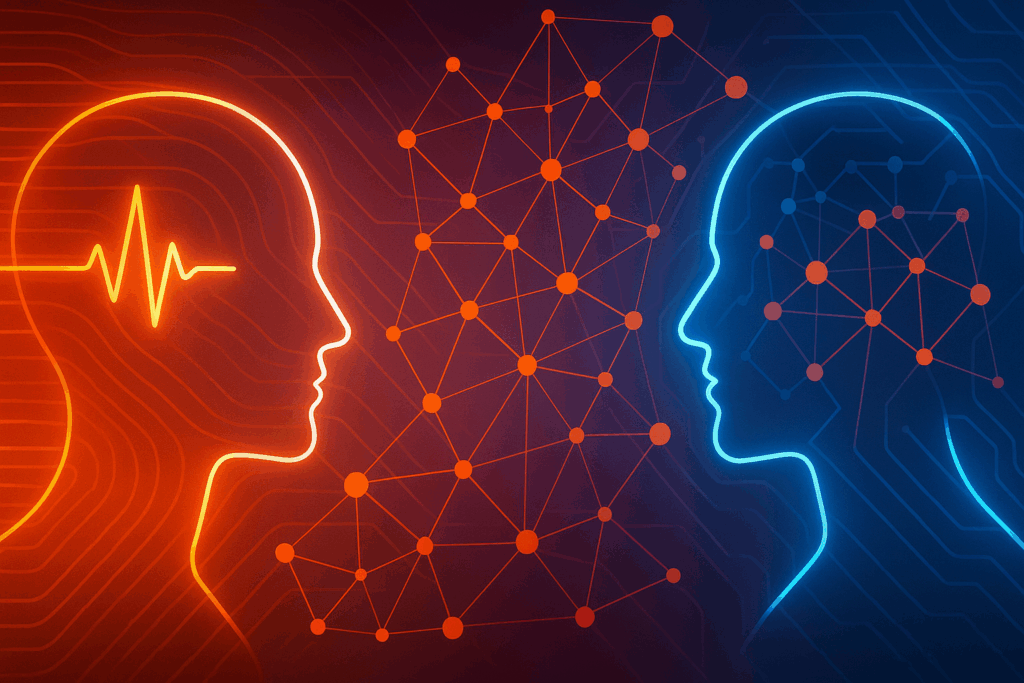In 2016, artificial intelligence (AI) clearly became more than a marketing-infused buzzword. Why so? Because major vendors focusing on AI, including Amazon, Facebook, Google, IBM, Intel, Microsoft and Salesforce are making the investments necessary for creating AI platforms and working closely with customers and developers to implement sustainable solutions and services.
That dynamic was on clear display in the AI announcements Microsoft made in San Francisco on December 13th which are well-worth close inspection. Like IBM, Intel and Salesforce, Microsoft is pitching its AI strategy as an effort to “democratize” the technology. But the announcements made in San Francisco specifically emphasized conversational computing and intelligent bot technologies, including:
- A new chatbot named Zo (launched in the U.S. in October that the company says already has 115K users) that follows earlier Microsoft chatbots Xiaoice (launched in 2014 in China with over 40M current users) and Rinna (launched in 2015 in Japan; the company says Rinna has had regular conversations with 20 percent of Japan’s 127M population).
- A Cortana Devices SDK and Skills Kit designed for OEMs and ODMs, plus a related partnership with Harmon Kardon to create a premium home speaker (similar to Amazon’s Alexa and Google’s Home solutions)
- Calendar.help, a scheduling service that enables humans in the loop to leverage AI capabilities
- Cognitive Services for Microsoft’s Bot Framework, including the new QnA Maker and updates for the Language Understanding Intelligence Service. The company also noted that 67,000 developers are currently using the Bot Framework since its launch last March.
- A preview version of Microsoft Translator Live which allows users of the Microsoft Translator apps and end user Web site to carry out real time, multi-lingual translations
- Tools for partners using the Microsoft Bot Framework to build rich media cards featuring video, animated Gifs and audio clips
- New capabilities for Skype bots, including receiving and handling Skype voice calls.
Conversational innovation
Why is conversational computing such a big deal? You could say that Microsoft is merely following historical precedent in which vocally intelligent computers and robots occupied special places in modern entertainment, from Star Trek to 2001: A Space Odyssey to Star Wars.
IBM’s version of its voice-activated Watson system on the Jeopardy! game show showed the industry a way forward for next gen AI. Plus, voice-enabled mobile solutions, like Apple’s Siri and Google Voice, and the growing popularity of home devices and services, such as Amazon’s Alexa and Google Home shows that the technology resonates with consumers and businesses.
However, as noted by Dr. Harry Shum, the EVP who leads the 5,000 engineers, computer scientists and other employees in the recently created Microsoft AI and Research business unit (BU), speech recognition and natural language processing (along with computer vision) were among Microsoft Research’s earliest projects.
The company has made considerable progress with its Cortana personal assistant technology. Other Microsoft product groups incorporated in the new AI and Research BU include ambient computing, Bing, information platform and robotics teams.
Microsoft’s efforts, along with those of its main competitors, highlight the fact that conversational computing is simply table stakes for vendors serious about AI. With these newly announced capabilities, features and tools, the company is effectively saying that it has been, is and will continue to be a force in the AI marketplace.
Intelligent bots
Microsoft’s San Francisco event also highlighted the benefits that intelligent bots can provide customers by:
- Leveraging social and historical context to better infer intent and make actionable recommendations
- Helping uncover new insights about customers’ challenges and preferences
- Driving efficiencies via automating workflows and integrating task completion
The company cited customers leveraging Microsoft’s Bot Framework and related technologies, including Australia’s Department of Human Services using bots to enable an “expert system” for responding to citizen queries; the Bank of Kochi in Japan which is developing a receptionist bot; and Rockwell International which is creating a bot for production automation.
These examples demonstrate that bots aren’t merely tools for completing elementary tasks but are instead, developing a widening range of complex skills, including providing enhanced insights by analyzing customer interaction data. In other words, Microsoft’s intelligent bots can deliver significant, continuing value to the organizations they serve.
Final analysis
As noted before, Microsoft is hardly alone in its enthusiasm for and efforts around artificial intelligence. However, the AI solutions and tools, including those the company highlighted in San Francisco, show a measured and practical approach that’s sure to appeal to many businesses and developers.
The point is that AI isn’t a complex study that requires massive commitments of time and money. Instead, Microsoft’s Bot Framework, intelligent bots like Zo, Xiaoice and Rinna, conversational computing tools and other cognitive technologies are available and usable today.
Those real-world results of the company’s efforts to “democratize” artificial intelligence should serve Microsoft and its customers well as AI technologies continue to mature and evolve.
- Dell Concept Luna – Inspiring Sustainable Innovations with Circular Design - December 21, 2023
- AI Alliance: IBM, Meta, Dell and 50+ Founding Partners Pursue Open, Transparent and Safe AI Innovation - December 13, 2023
- Dell Technologies: Creative Partnering = GenAI Innovation - November 30, 2023



